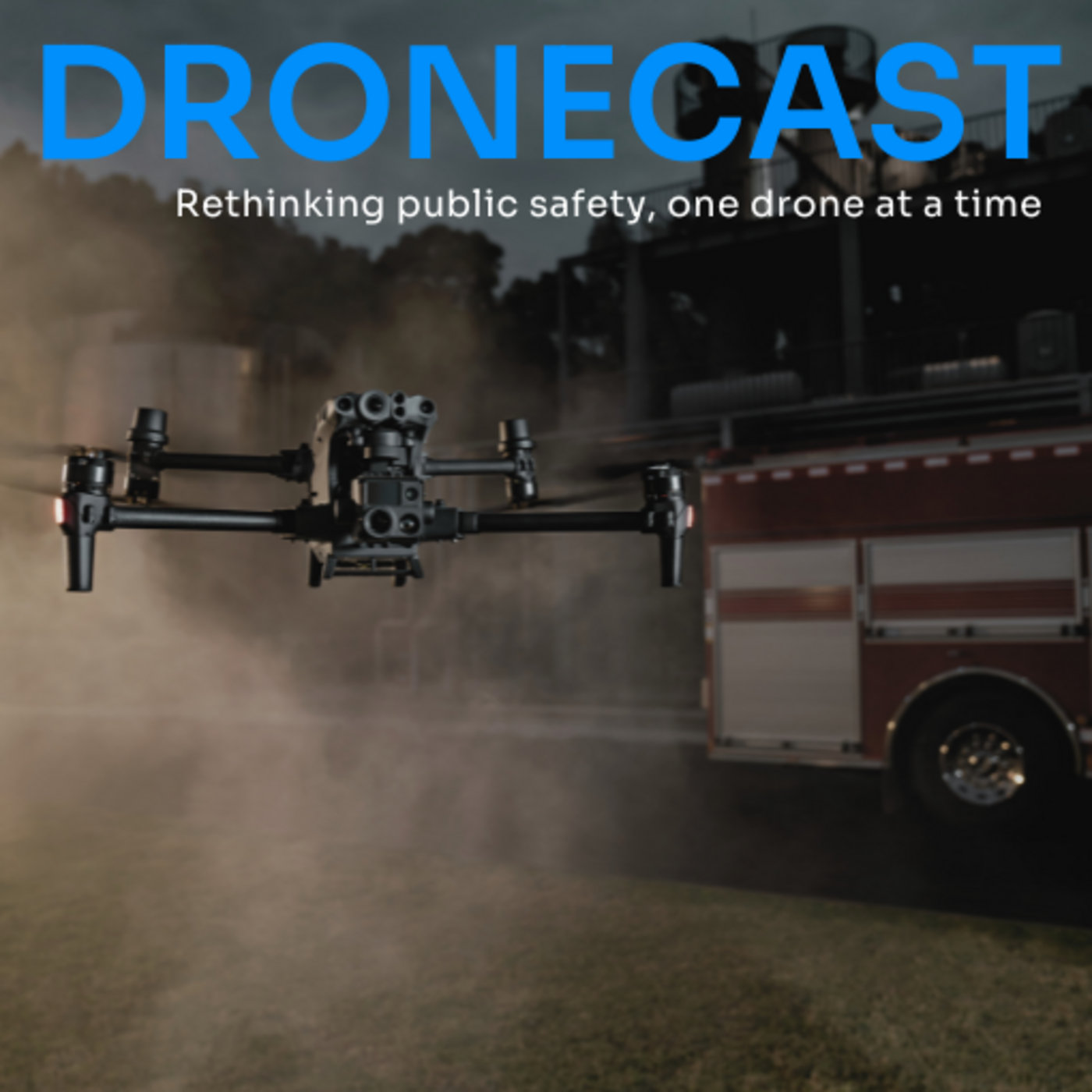Drones in Higher Education: Insights from George Mason University's Public Safety Program
August 28, 2024

In this episode of DroneCast, host John McLeod speaks with Michael Lighthiser, the Deputy Chief of Police for George Mason University and co-chair of the Threat Assessment Team. They discuss GMU's public safety drone program, its origins, and how it has evolved to support both law enforcement and educational initiatives on campus.
In this episode of DroneCast, host John McLeod interviews Michael Lighthiser, the Deputy Chief of Police for George Mason University and co-chair of the Threat Assessment Team. Lighthiser shares insights into GMU's public safety drone program, which has been operational since 2018. He discusses how the program started, its evolution, and its dual role in supporting both law enforcement and educational initiatives on campus.
Lighthiser explains how the 2017 Unite the Right rally in Charlottesville sparked GMU's interest in drone technology for public safety. He details the program's growth, including its pivotal role during the civil unrest following George Floyd's murder, where drones proved instrumental in maintaining officer safety. The conversation also covers the unique challenges of operating in the DC area's restricted airspace and the importance of inter-agency cooperation.
Throughout the episode, Lighthiser highlights the innovative ways GMU integrates its drone program with academic research, including forensic studies and the development of future drone technology experts. He also shares valuable insights on conducting successful overwatch operations and the benefits of fixed-wing drones for extended missions.
Episode Highlights:
- [01:10] Lighthiser explains how the 2017 Unite the Right rally in Charlottesville sparked GMU's interest in drone technology for public safety.
- [03:17] He describes the program's first major deployment using DroneSense during protests following George Floyd's murder, which significantly reduced officer injuries and demonstrated the value of drones to regional partners.
- [04:36] Lighthiser discusses the unique aspect of GMU's program, which leverages both law enforcement and educational components, allowing researchers to work on real-world problems using drone technology.
- [06:52] He details how the program supports various research initiatives, including forensic studies at their "body farm" and the development of techniques to locate clandestine graves using drone technology.
- [09:00] Lighthiser shares insights on conducting successful overwatch operations, emphasizing the importance of planning, training, and inter-agency cooperation.
- [11:17] He discusses the recent adoption of fixed-wing drones for extended overwatch missions, highlighting the challenges and benefits of this new technology.
- [14:25] Lighthiser emphasizes the importance of collaboration and humility when working with multiple agencies on complex missions.
- [17:37] He describes the collaborative environment in the National Capital Region and how agencies share knowledge and resources to improve their drone programs.
- [19:58] Lighthiser explains the challenges of operating in the restricted airspace near Washington D.C. and how they've developed processes to work effectively within these constraints.
Dronecast: Rethinking Public Safety, One Drone at a Time Podcast is handcrafted by our friends over at: fame.so
Previous Guests include: Matt Rowland, Jason Burnside
Check out our 3 most downloaded episodes:
Previous Guests include: Matt Rowland, Jason Burnside
Check out our 3 most downloaded episodes: